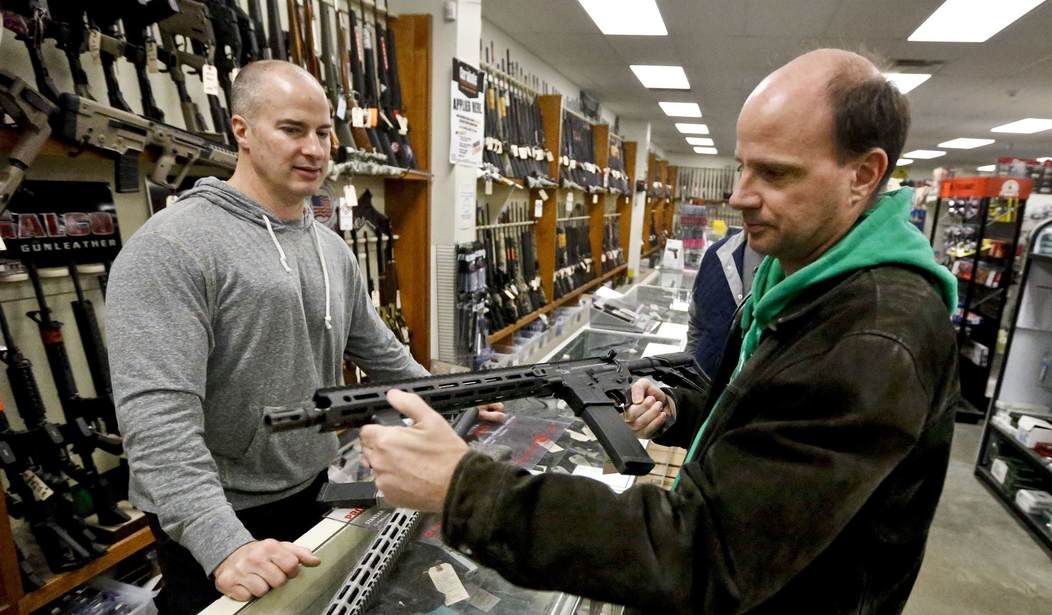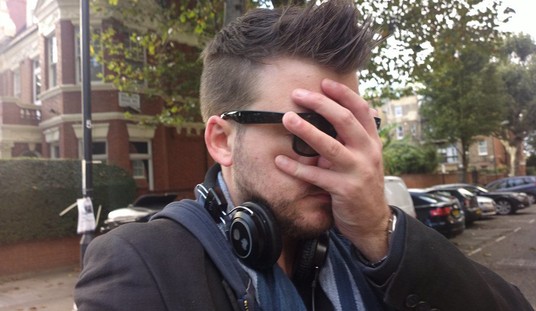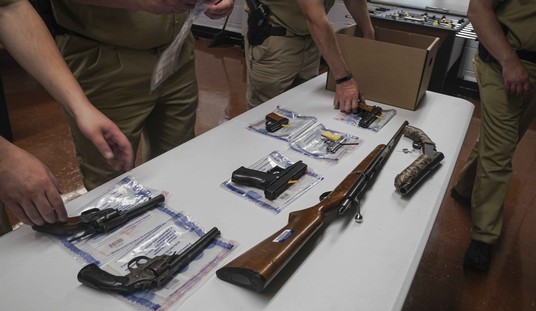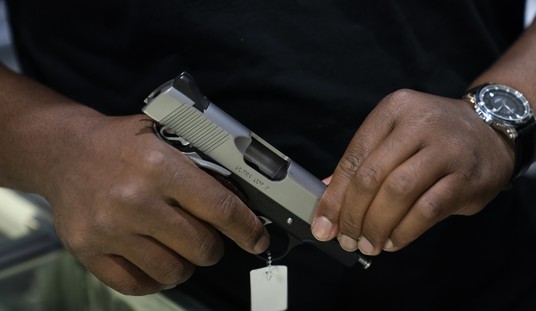Illinois is one of those naughty naughty states that ends up in the Second Amendment media crosshairs on the regular. We can’t really blame it on the state itself, but rather the fact they’re home of the crime ridden cesspool of Chicago. We can be sure the rest of the state would wish the Windy City would windy its way into Lake Michigan and just disappear. A 2021 challenge to an Illinois semi-automatic ban recently had a request from the defendants for a summary judgment. The plaintiffs in the case, the Second Amendment Foundation, et.al., filed their response to Cook County, et.al. on April 24, 2023.
BELLEVUE, WA – Attorneys representing the Second Amendment Foundation and its partners in a case challenging the Illinois semi-auto ban today filed a 36-page response to Cook County’s motion for summary judgment in a case challenging Cook County’s ban.
Joining SAF in this case are the Firearms Policy Coalition and three private citizens, all Cook County residents. They are Cutberto Viramontes, Rubi Joyal and Christopher Khaya. They are represented by attorneys David Sigale of Wheaton, Ill., and David H. Thompson, Peter A. Patterson and William V. Bergstrom, all with Cooper & Kirk in Washington, D.C. The case is known as Viramontes v. Cook County. It was filed in U.S. District Court for the Northern District of Illinois, in August 2021.
In the Second Amendment Foundation’s response, they served up some deep dish arguments in response of what the County had to say in their own request. Alan M. Gottlieb, the founder and Executive Vice President of the SAF pointed out “Cook County has made only one argument in its motion that seems to misread the Supreme Court’s Bruen ruling from June of last year.” Something that might seem unpopular to some, but needed to be discussed, and Gottlieb did, “The county is claiming that ‘arms’ applies only to firearms that ‘facilitate armed self-defense,’ and makes the arbitrary claim that the banned firearms are excluded from this definition because ‘there is nothing defensive whatsoever’ about them.”
The reply illustrates this reality:
The County makes only one argument against this conclusion that plausibly qualifies as “textual,” but it is based on a misreading of Bruen. The County claims that “Arms” covers only those items that “facilitate armed self-defense” and that this definition excludes the banned firearms because “there is nothing ‘defensive’ whatsoever” about them. County Br. 11–12. There is no such thing as a purely “defensive” firearm, and as discussed in detail below, the banned rifles are overwhelmingly chosen by Americans for self-defense purposes for which they are well suited. But even accepting for a moment the nonsensical distinction between a weapon intended to be used offensively and one that is purely defensive, Heller explained that “arms” in the Amendment covers would cover both, when it noted that historically the term denoted both “[w]eapons of offence, or armour of defence.” 554 U.S. at 581 (quoting Samuel Johnson, 1 DICTIONARY OF THE ENGLISH LANGUAGE 106 (4th ed.) (reprinted 1978) (brackets in original)); see also Heller, 554 U.S. at 584 (explaining that the “natural meaning of ‘bear arms’ . . . implies that the carrying of the weapon is for the purpose of offensive or defensive action”) (emphasis added) (quotation marks omitted).
“Every firearm can be used for self-defense,” Gottlieb said, “and either the county knows that already, or they are woefully ignorant about firearms in general, and especially the ones affected by the ban.” Gottlieb’s perspective and having this laid out in the reply brief might not seem like a giant leap, however this line of thinking is what’s going to help pave the way to deconstructing many other infringements to our right to keep and bear arms.
The leap that I see is that in 2009, per the Caetano v. Massachusetts case, electric weapons were in common use. Justice Alito’s concurring opinion noted:
See also Brief in Opposition 11 (acknowledging that “approximately 200,000 civilians owned stun guns” as of 2009). While less popular than handguns, stun guns are widely owned and accepted as a legitimate means of self-defense across the country. Massachusetts’ categorical ban of such weapons therefore violates the Second Amendment.
A 2016 Freedom of Information Act Request, directed at the ATF, queried the number of pre 1986 machine guns in private hands. That request returned that there are 175,977 pre ‘86 machine guns out in the wild – with a margin of error. 200,000, when compared to 175,977, is not all that far off is it? If someone gave you – for no reason – $200,000.00 would you be more or less surprised if it were $176,000.00 instead?
SAF Executive Director Adam Kraut, a practicing attorney, noted, “The Bruen ruling made it clear that every Second Amendment case must proceed first by analyzing the text of the amendment and then examining the country’s history of firearm regulation, to determine whether the banned firearm is ‘dangerous and unusual.’ One look at the number of modern semiautomatic rifles currently owned by private citizens shows they are hardly ‘dangerous and unusual’ in any context.
“The county further argues the AR-15 is a semiautomatic version of the military M-16, which is nonsense,” Kraut continued. “All of the county’s arguments seem aimed at creating a false impression about the banned firearms, which operate no differently than any other semi-auto. The county is simply wrong in its arguments, and the motion for summary judgment should be denied.”
The work that the Second Amendment Foundation, their colleague Firearms Policy Coalition, and the three private citizens; Cutberto Viramontes, Rubi Joyal and Christopher Khaya, is noble. There’s not much argument to the facts that these “things” we call firearms, like most things, cannot be categorized simply as a device as offense or defense. No matter how we may stage things or scaffold them, it’s the hearts and minds of the bearer that dictates the purpose of the weapon – a tool of self-defense, or a weapon arming someone in affray of the peace.








Join the conversation as a VIP Member